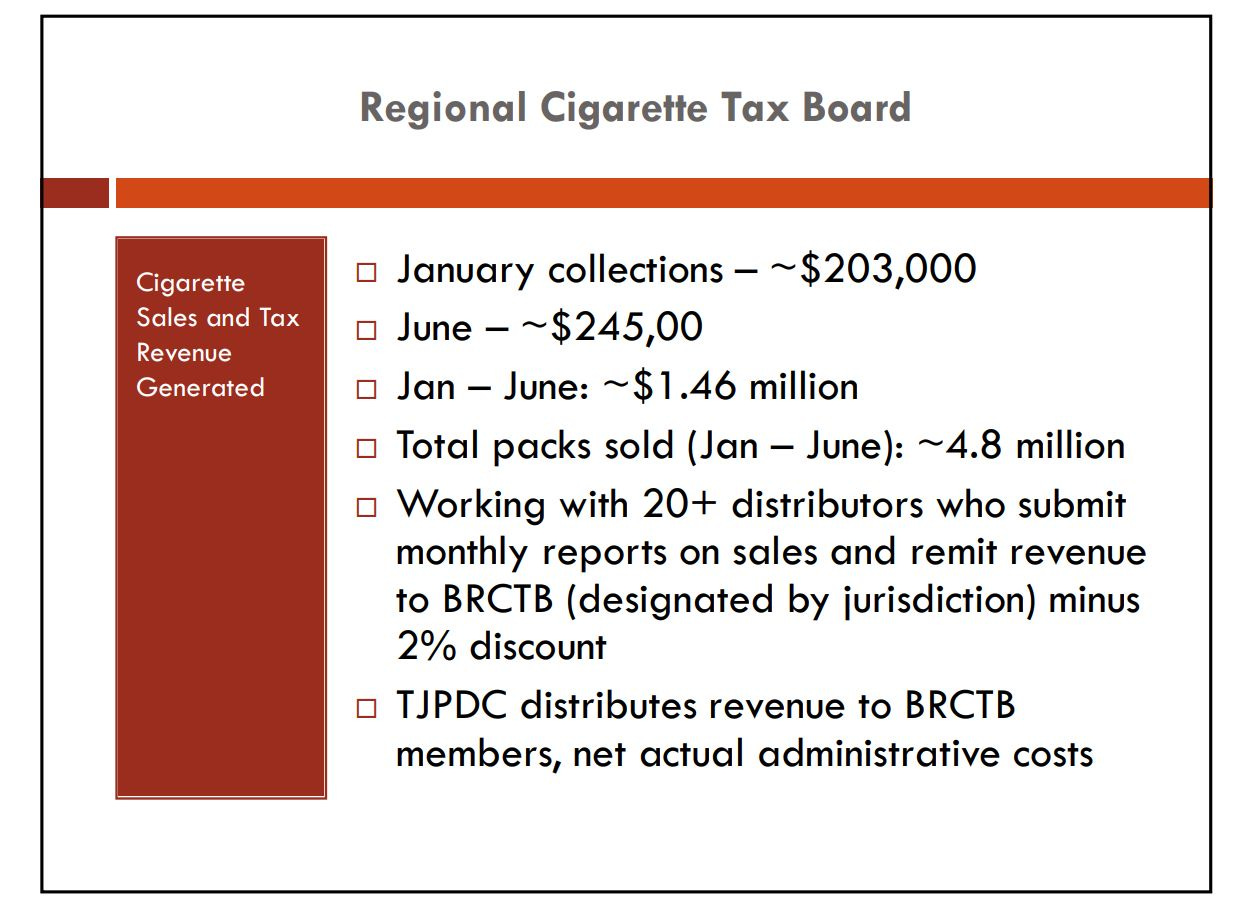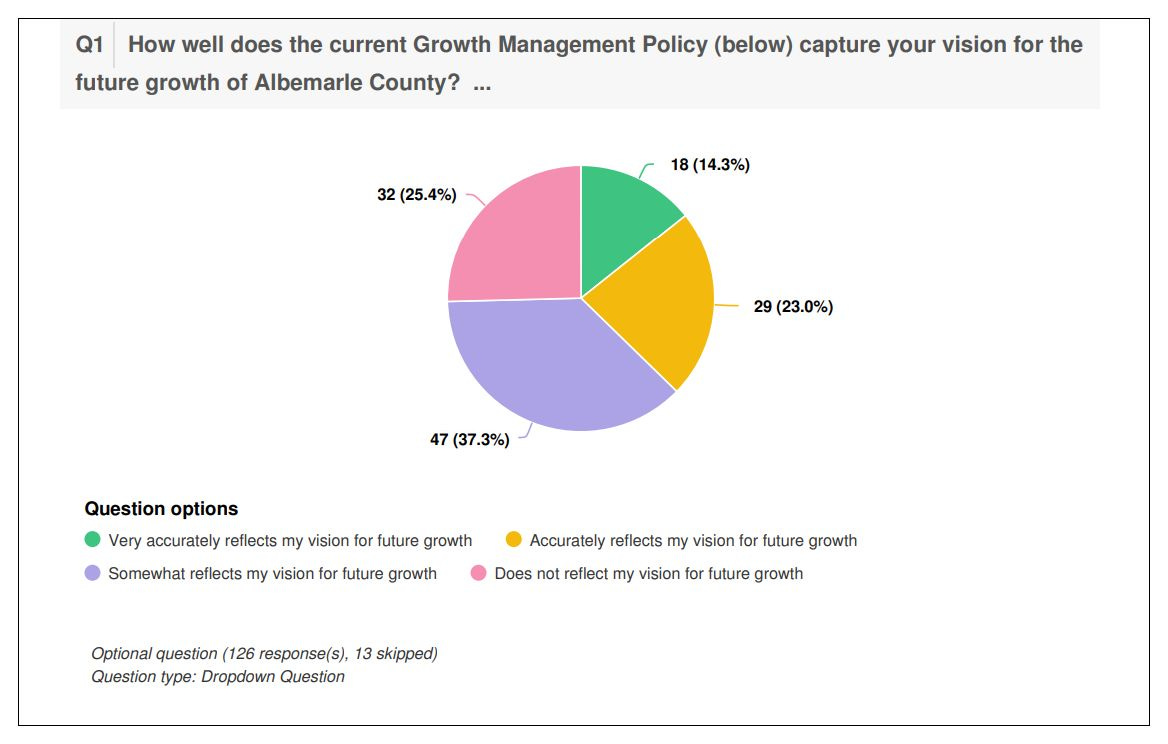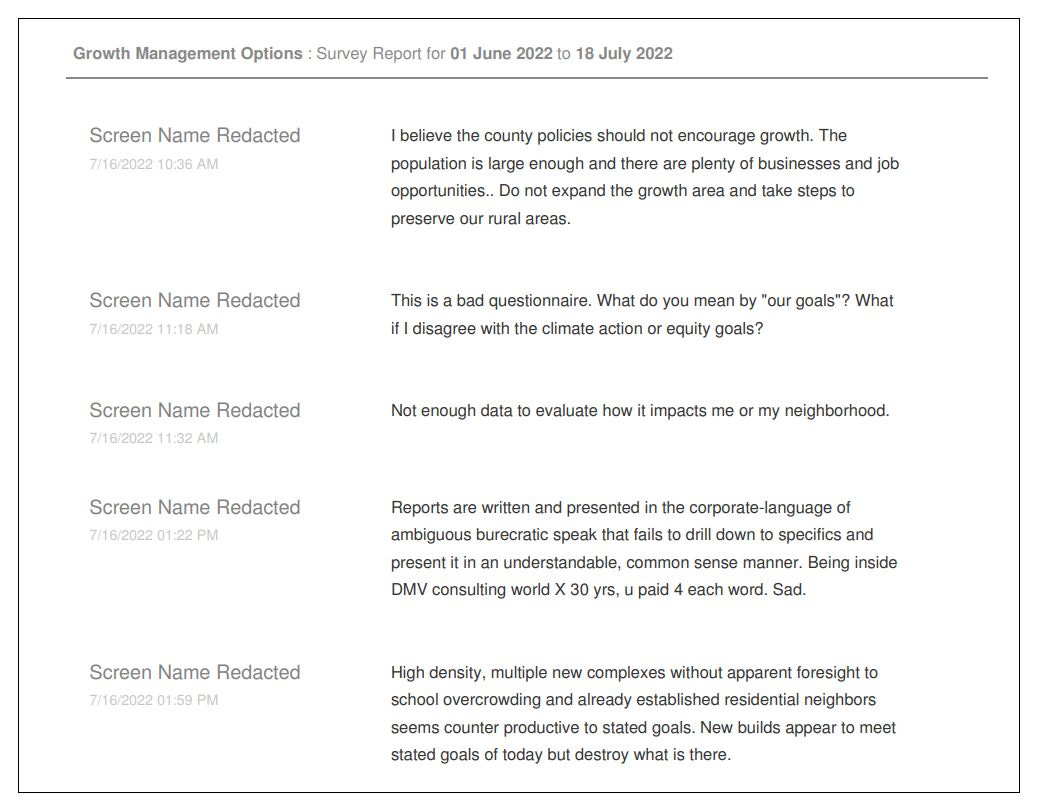Government Glance for August 30, 2022: New Prince Edward Supervisors to get an update on county projects
An unexpected newsletter because one elected body in the Fifth District will technically hold a meeting this afternoon
I had thought that there were no high level meetings of elected officials in the 24 localities that make up the Fifth District, so I was going to skip this week.
But, an email from the clerk of the Prince Edward Board of Supervisors notifies me I am incorrect, so I’m getting this newsletter out quickly with the one I know about at the moment that happens later today.
I’ve now been doing this newsletter for over three months, and this time around without agenda, I’m going to spend some time doing more research into each of the localities to learn more about their Planning Commissions and what Planning District they are in. The way to the future in each part of the communities is signaled by what decisions get made around a number of tables.
So, I’m glad to be doing this work, and adding it as a priority of mine even as reporting in the Albemarle and Charlottesville area remains a full-time job. Still, let’s get to it! I need to publish the next Charlottesville Community Engagement!
Tuesday, August 30, 2022
New Prince Edward Supervisors to get briefing on county projects
There’s been a lot of turnover this year on the eight-seat Prince Edward Board of Supervisors. We’re going to rely a lot on the Farmville Herald to keep us informed in this blurb. Town Crier Productions is a paying subscriber.
District 2 Supervisor Robert M. “Bobby” Jones was killed in a automobile crash in May. Carol Stiff was selected by the rest of the Board to serve until a special election on November 8.
Former District 7 Supervisor Jim Wilck resigned a month letter citing health reasons. Supervisors appointed Brett Von Cannon Watson in July to fill the seat until November 8.
Earlier this month, Supervisors appointed Dr. Peter Gur to serve as the District 1 representative. He succeeds Beverly Booth, who resigned on July 5. Gur’s term is up November 8, 2022 and he will have to decide if he wants to seek election.
Those three are expected to will meet today at 4 p.m. to get an update on county projects. This meeting is open under Virginia’s Freedom of Information Act because more than two elected officials meets the legal definition. They’ll be in the Board of Supervisors Room in the Prince Edward County Courthouse at 111 N. South Street in Farmville.
Thursday, September 1, 2022
Charlottesville-area’s regional planning board to meet
It’s my hope to eventually at least mention when the appointed bodies that oversee the various planning district meet. I am slowly adding to a spreadsheet where I keep all of the information, but I’m not there yet. But, here’s a preview of what that might look like for others when I do.
The Thomas Jefferson Planning District Commission will meet in-person at 7 p.m. at the entity’s offices on Water Street in downtown Charlottesville. (meeting page)
One item that will be presented close to the beginning of the meeting is one of my favorite acronyms - the CAPER! This has nothing to do with a nice piccata, but stands instead for the Consolidated Annual Performance and Evaluation Report for federal funding from the U.S. Department of Housing and Urban Development.
“The HOME program’s goals are to assist first-time homebuyers, preserve existing housing stock by rehabilitating owner-occupied homes, and develop new housing units for home ownership or rental,” reads an overview written early in the report.
The HOME Consortium includes the Albemarle Home Improvement Program, the Fluvanna / Louisa Housing Foundation, the Nelson County Community Development Foundation, and Skyline CAP. The City of Charlottesville seeks proposals for its allocation through a competitive process. Previous examples of funded projects include downpayment assistance through Habitat for Humanity of Greater Charlottesville and energy efficiency programs run by the Local Energy Alliance Program (LEAP).
The comment period is underway through September 19, 2022. Do you have something to say?
The TJPDC will also get a presentation on the Blue Ridge Cigarette Tax Board. Earlier this year, several counties began implementing a cigarette tax. That’s a power they did not have until action taken by the General Assembly in 2020 to equalize taxing authority between cities and counties. The TJPDC runs the tax board on behalf of several localities, though at least one nearby locality has opted not to participate.

Albemarle County continues AC44 process second of several community workshops
Before I get into all the stuff below, a link to a virtual meeting on the Albemarle County Comprehensive Plan review for this evening that happens at 7 p.m. The first session was held this past Monday. (meeting info)
The public process to update Albemarle County’s Comprehensive Plan has officially been underway since last November, when the Board of Supervisors adopted a resolution of intent to make amendments to a document last updated on June 10, 2015.
“Engagement for the Comprehensive Plan update will apply the new [county value of Community], through an equitable engagement process designed to represent a diversity of voices and to reach community members whose perspectives have not historically been well-represented in County processes,” reads one paragraph in the resolution.
Where do we stand nearly ten months later?
Albemarle’s Comprehensive Plan is being reviewed in four phases under the name AC44. Here’s what the county has been up to:
In March, we learned that over a hundred people applied to be on a Working Group that has been meeting regularly this year. The first phase goes by the name “Plan for Growth.”
In April, the county released two out of three reports intended to give people a background on the growth management policy that has been in place since the late 1970’s. One is an overview of the the entire process and the second is a history of the county’s growth management policies and why they were put in place.
In May, the county reported the results of a first questionnaire in which about 125 people participated, though not all filled out all questions. This includes many long-form responses from people and the opinions run the gamut. It’s useful to read all of the different perspectives.
In June, a second questionnaire was posted at around the same time a Land Use Buildout Analysis was conducted. This analysis is the third of the three reports produced as part of the first phase. I reported on the presentation to the Planning Commission in May.
“The Land Use Buildout Analysis is an estimate of the maximum number of homes and square feet of non-residential uses such as office, commercial/retail, and industrial, that could be built within the County’s Development Areas,” reads the StoryMap for this.
In July, we learned that there were 474 responses to the second questionnaire and the Planning Commission was presented with seven potential themes to update the county’s growth management policy. These are also known as Growth Management Options and are well worth reviewing for anyone who wants to know the nomenclature and to demystify the jargon.

Now we’re caught up to the end of the summer. The public engagement continues tomorrow night with the first of several community workshops.
“We want to hear your ‘big ideas’ about how we can guide future development, natural resource protection, transportation systems, and other related topics,” reads the meeting page for the 6 p.m. event that was held on Monday. See above for the link to Thursday’s event.
What big ideas might be found in the response to the second questionnaire? There’s a lot of responses in the feedback summary, but the following are the first chance respondents had to write out their views in response to Growth Management Option #1:
“Explore opportunities to provide more density and more infill development within the existing Development Areas, while retaining and enhancing green infrastructure”
Here are some of what popped out at me during my review in chronological order beginning with how they appear on page 30. There is no information in this report that identifies respondents. (read the Growth Management Options Feedback report)
“With the lack of restrictions on vineyards/cideries and their increasing wedding business, it would appear you are preserving space for the very affluent to make money off greenspace, and asking everyone else to live in very dense communities.”
“Need to ensure amenities are developed along with density. Lots of density currently going in along 5th and Avon streets without any community amenities. Need walkable parks, retail, safe bike and pedestrian trails, schools!”
“What is this ‘projected growth’ nonsense? Have you not heard the phrase ‘if you build it they will come?’ STOP APPROVING MORE GROWTH IN THE COUNTY. It's wildly unsustainable, ugly, bad for climate change and water supply, and lacks infrastructure.”
“Infill sites are normally more expensive to develop which in turn raises cost on final product which eliminates the affordability aspect. Not all sites currently in the growth area are feasible to be developed which won’t allow us to reach the projection.”
“We keep building but we don't provide roads on the 29 corridor. We need to take shopping centers that are vacant and redevelop them into apartments/condos/townhomes/greenspace!”
“You are not communicating well to your audience. This option is not clear. It appears you are ready to sacrifice the designated development areas in terms of quality of life, to protect the other 95% of ‘rural’ area”
“It would help me be in support of this option if there was some indication that there would be a directive to allow more by right uses in some of the rural areas. Rural citizens should not have to drive 35 miles for basic services.”
“Build a comprehensive high school in the north. High school centers are a waste of money and do not help with overcrowding.”
“Walking infrastructure, tree canopy, multi-use paths, and using low polluting transport are key to having this option work. I'm not sure how this project could meet equity goals if it doesn't improve quality of life for those living in development areas.”
“There is vocabulary used that I don’t understand, namely because this isn’t a topic I have talked about/interacted with before—break it down into common language that people can connect with and have a conversation.”
That last one is a Big Idea I can get behind and do my best to try to explain all of these processes. I hope to attend this Big Ideas workshop tonight and share whatever I can learn. I want to focus more on this discussion over the years, which also includes a concurrent update of the zoning code.
There aren’t very many articles about this topic, but I hope to continue updating you as best I can on land use policies in Albemarle. The county’s U.S. Census count for 2020 is 112,395 and the latest Weldon Cooper projections model a 2050 population of 155,102.
If you’re interested in getting involved for the first time, for real, attending this in-person meeting would be a good way to help build whatever you want to see. As you see in the responses I’ve highlighted above, there’s a lot of disagreement. But that’s always going to be the case in a complex community such as the one in which we all live.

Next week’s newsletter will be much longer and may be broken into two chunks!


